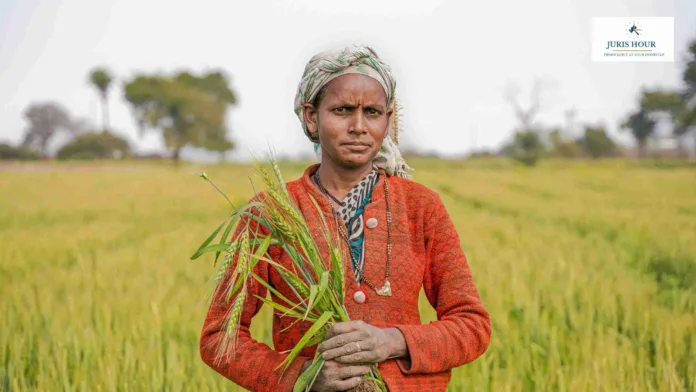The escalating conflict between Israel and Iran, coupled with the lingering impact of former U.S. President Donald Trump‘s 26% tariff on Indian basmati rice, has plunged India’s basmati export sector into a severe crisis.
Exporters, particularly those dependent on the Iranian market, are grappling with shipment delays, frozen payments, crashing prices, and growing fears of a domestic market glut.
Iran is India’s second-largest basmati importer after Saudi Arabia, with the sela (parboiled) variety especially popular in Iranian households. Of the 59.42 lakh metric tonnes (LMT) of basmati exported by India in FY 2023–24, about 7 LMT went to Iran.
But amid the conflict, the trade has come to a halt.
“Since the war broke out, all exports to Iran have stopped. Two Indian ships are currently stranded at Iran’s Bandar Abbas port, waiting to be unloaded,” said Ranjit Singh Jossan, Vice-President of the Basmati Rice Miller and Exporter Association. “Around Rs 3,000 crore worth of basmati exports are now in limbo due to collapsed banking infrastructure and lack of communication with importers.”
Jossan explained that the currency crisis in Iran adds another layer of uncertainty. Previously, Iran’s government subsidised the exchange rate for importers of Indian basmati at 28,000 tomans per US dollar, compared to the market rate of 90,000. Now, with fears of further currency devaluation, Indian exporters are unsure whether they will be paid at all—and, if so, at what rate.
Just before the conflict, Iran had approved the import of 2.5 LMT of Indian basmati with a 90-day window. Exporters had already begun packaging orders when the crisis halted operations.
Meanwhile, a virtual meeting of the Agricultural and Processed Food Products Export Development Authority (APEDA) discussed the possibility of suspending basmati exports to Iran. A decision was deferred, and another meeting is scheduled soon.
Exporters are also still reeling from the U.S. trade policy under Donald Trump, which imposed a 26% tariff on Indian basmati rice—making it less competitive in the American market and squeezing overall profit margins.
With around Rs 1 billion of the Rs 6 billion annual basmati exports tied to Iran, the combined impact of geopolitical instability and trade barriers is beginning to show.
Export prices have dropped 10–15%, from USD 850–950 per tonne, while domestic prices have fallen from Rs 7,100 to Rs 6,200 per quintal. Wholesale prices are down Rs 9 per kg, with further declines in retail prices expected.
Punjab, which produces nearly 40% of India’s basmati, is especially vulnerable. Paddy sowing has already started for the upcoming crop, but the price crash and export freeze threaten incomes. “We were hoping for better returns, but prices may fall by Rs 500 per quintal for PUSA 1509 and 1121 varieties,” said Fazilka-based farmer Sanampreet Mahrok.
Former PHD Chamber of Commerce Punjab chair R S Sachdeva cautioned that with the new crop arriving in mid-September and existing stock unsold, the market may collapse further.
Shipping lines have suspended operations to Iran, and insurance providers have withdrawn coverage for routes passing through the threatened Strait of Hormuz.
As India’s foreign exchange earnings from basmati—Rs 48,000 crore in 2022—hang in the balance, the industry anxiously watches for signs of relief from either Washington or West Asia.

